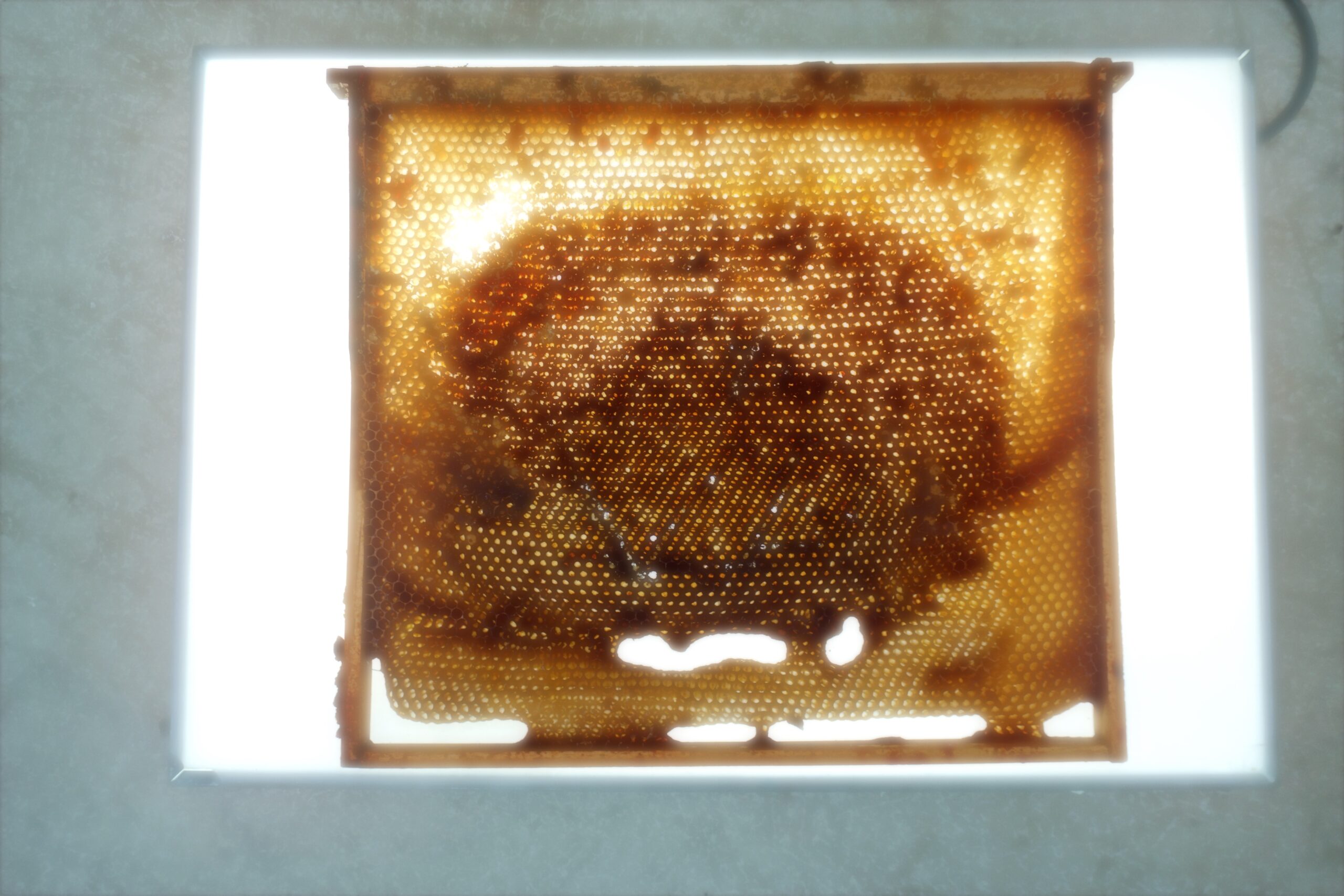Arcadia; the word brings to my mind 19th century paintings of pastoral landscape where women, half dressed in swaths of white fabric, frolic through lush forest to the tune of a panpipe. From Antiquity, through the Renaissance and Romantic period, until today the desire for simple living in harmony with nature is pictured in art as the Arcadian ideal. And it is just that, an ideal up there with the Garden of Eden and the Utopias. A yearning for something lost, or just out of reach.

Arcadia at BcmA asks the questions “what can Arcadia mean today?” Curated by Anna Ratcliffe with artworks by Aline Schwörer and Oliver Wellmann, the exhibition presents a compelling contemporary perspective, both dark and hopeful, that contends with our modern urbanized world and the reality that no idyllic future can be disconnected from human history. Sculptural works from the two artists pulse from past, present, to a future where imagined fossils are intertwined with threads from the European mystic tradition.
swim in the green
The exhibition invites intrigue from the outset. The front space of the two room gallery is painted in a bright green that casts a mossy glow over the artworks and is eye-catching from the street. Set on the low windowsill, the show begins with Aline Schwörer’s installation of black and graphite-colored ceramics that are at once botanical and amphibian. Oversized flowers sprout tentacle-like petals that slither between wormy forms reminiscent of large leeches (Untitled).


Drawing on her background in Biology, Schwörer’s work imagine forms of fossils and specimens akin to what you might find in a natural history museum. The most startling sculpture from the artist is a large prawn-like figure suspended from the ceiling (Untitled). A dried palm stalk is transformed into the innards of a giant crustacean. Floating under a shell of iridescent resin scales, the palm drips with resin, chain, and palm frond legs that swim in the green of the gallery.


Mystical Creatures
This sci fi-esque encounter sets the tone for the rest of the exhibition where the timeline between ancient and futuristic are blurred beyond distinction. On the opposite wall from the prawn, Oliver Wellmann’s A shepherd’s door is a black and white photographic print that covers nearly the entire wall. A white oxford shirt hangs on a nail to the right of the print. Upon closer inspection, the shirt is stiff and coated in crystals that glint in the green tinted light. Similarly, the image on the print needs a second look; it’s a field of pattern but the scale is unclear.
Is it a crystalline structure seen through a microscope? A close up of a stone statue (the pattern reminds me of carved angel wings)? Or perhaps it’s a bird’s eye view of a rocky landscape? All interpretations are valid in Wellmann’s work which is at once mysterious and earthy as he draws on the European mystic tradition, particularly that of the shepherds from which he descends.
Ambrose appeal

In the second room of the gallery, Wellmann’s Ambrose appeal hangs as diptych photo collage. Again, interpretation is not straightforward as the collages are obscured by two black acrylic plates held out from the wall on pins, so that the images can never be regarded directly as a whole. St. Ambrose is the patron saint of beekeepers, and was a child when his mouth became a beehive. Wellmann draws on the matriarchal (bee society is ruled by a queen) and mystical aspects of early Christianity, rather than the dogmatic.
Multiple points of gathering
Here, the image is not only obscured by the black plates, but the picture itself is warped – a chain and cage form are twisted around book pages with an account of the legend of St. Ambrose, and overlaid with clips from Renaissance church paintings. The text and images are distorted and knowledge is obscured. Engaging all the senses, viewing is enhanced by the smell of melting beeswax, emanating from Wellmann’s nearby sculpture (Untitled). An artwork where a honeycomb tray from a beekeeper’s hive is gently illuminated by a lightbox underneath.


The works in Arcadia leave me with a sense of ancient earthiness. Though the artworks themselves transverse time, the curation asks us to be rooted in the present moment. The exhibition is accentuated by a program that includes a performance from Oliver Wellmann, workshop by Aline Schwörer and a solstice feast produced by food artist Melina Matzanke. These multiple points of gathering give life to the question and remind us that an Arcadia of our modern times is a natural and social endeavor.
Arcadia
31.5 – 20.6
BcmA (Berlin con mucho Arte)
Curated by Anna Ratcliffe


You must be logged in to post a comment.